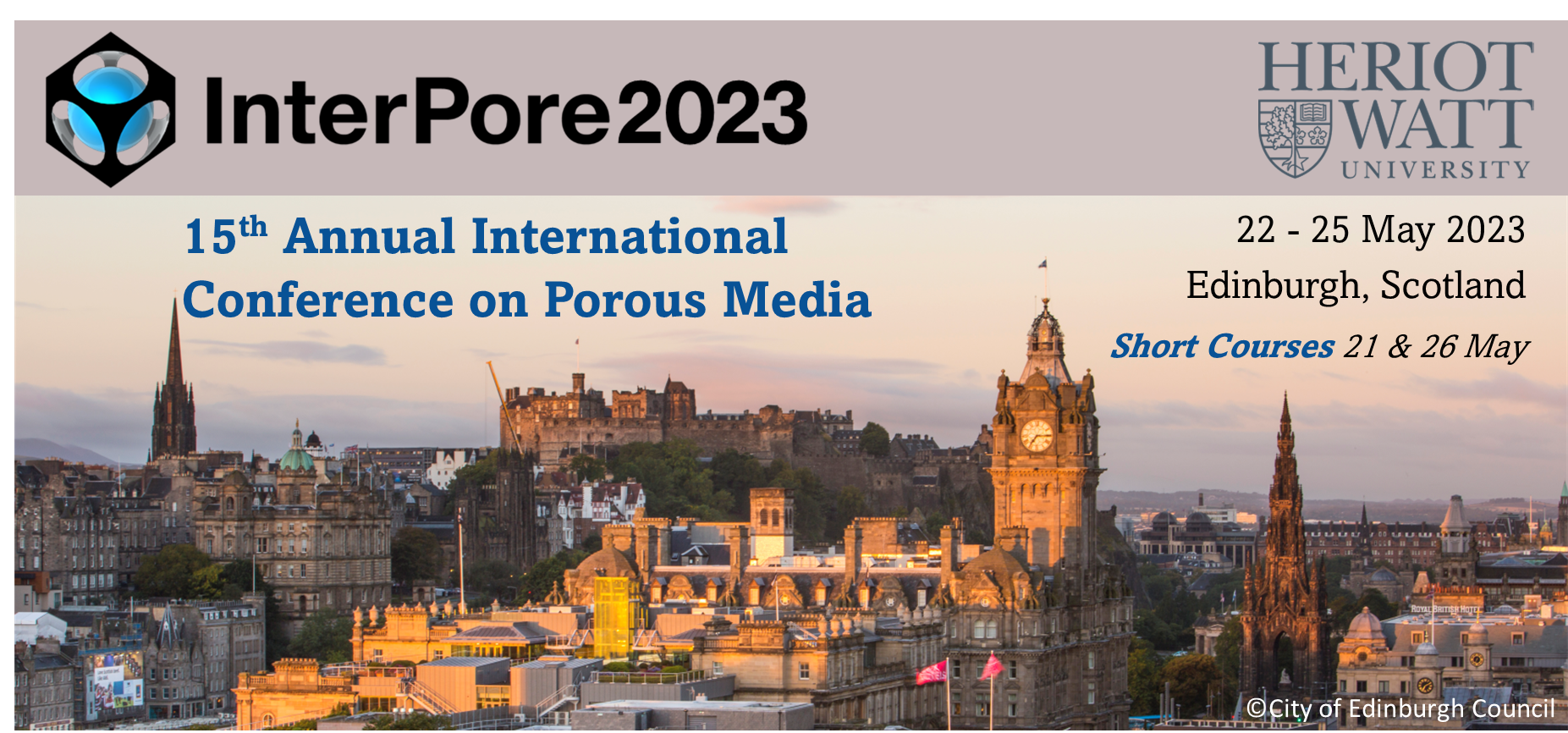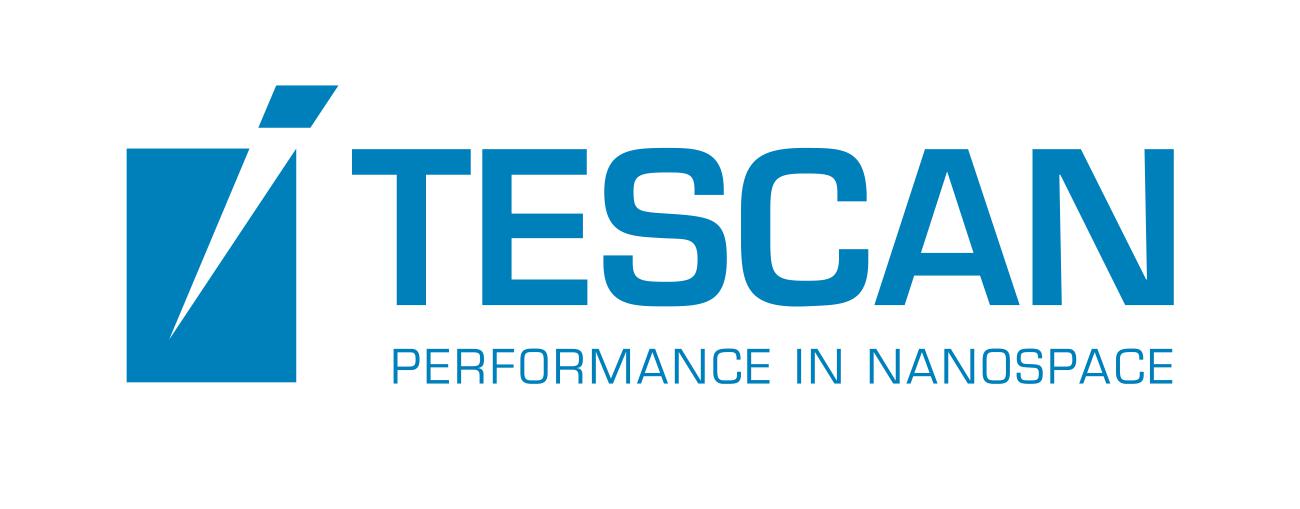Speaker
Description
We consider a classic problem of acoustic waves reflection at the interface between two visco-poroelastic saturated materials.
Decomposing the wavefield into downgoing and upgoing plane waves, we write down explicitely the polarisations for all waves (P-, Biot-, Sv- et Sh-waves). In analogy with the elastic case, the reflection-transmission-conversion (RTC) coefficients can then be obtained as a function of frequency and incidence angle [1]. With a simple matrix form, the algorithm presented is suitable for conventional computations of multilayered stacks.
For low frequencies, an analytic approximation is derived for RTC coefficients at normal incidence.
Contrary to a usual assumption found in the literature [2], numerical simulations show that the second-order term in (square-root of) frequency cannot always be neglected.
In particular, it is shown that this leads to a quasi-linear behaviour of the RTC coefficients in the range of seismic frequencies and values of parameters typical of marine poroelastic sediments.
References
[1] Borocin, Fabien (The University of Edinburgh, 2003) Reflection and transmission coefficients in fluid-saturated poroelastic sediments - https://era.ed.ac.uk/discover
[2] T. Bourbié, O. Coussy and B. Zinszner: Acoustique des milieux poreux. Editions Technip, 1986.
| Participation | In-Person |
|---|---|
| Country | United Kingdom |
| MDPI Energies Student Poster Award | No, do not submit my presenation for the student posters award. |
| Acceptance of the Terms & Conditions | Click here to agree |







